Each case study is organized into a series of investigations that follow an introduction. Each investigation includes questions for students and fun interactives that encourage users to closely examine historic sources.
These interactives include:
Each case study is organized into a series of investigations that follow an introduction. Each investigation includes questions for students and fun interactives that encourage users to closely examine historic sources.
These interactives include:
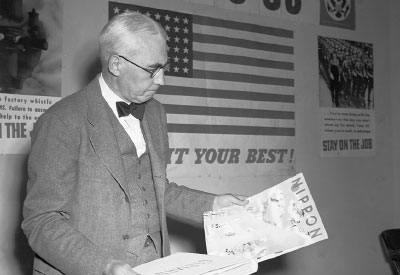
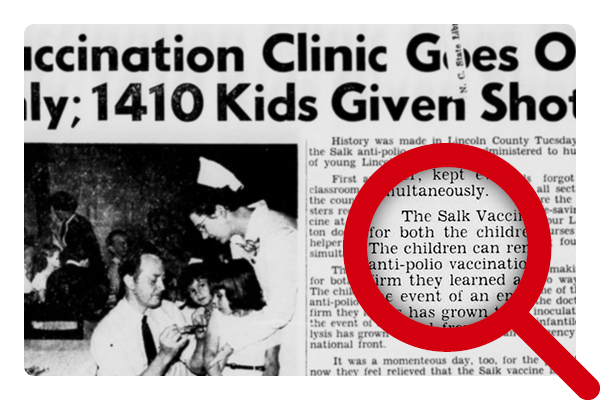
Hover over news columns, illustrations, photographs, or other images to enlarge portions of the document. The magnifier encourages students to slow down and examine important historical sources with a close eye.
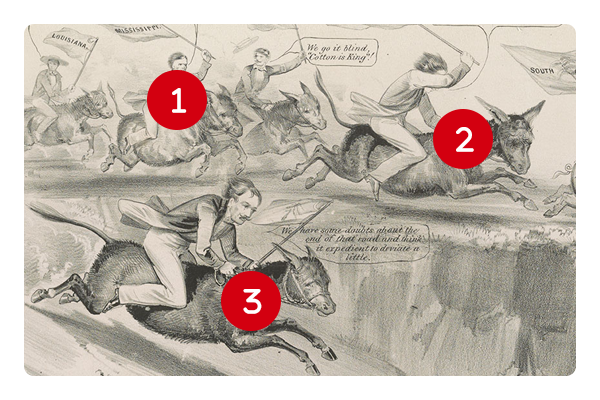
The annotator allows students to highlight portions of text and images and add their own notes directly to documents. This tool helps students organize their thoughts and observations about details in important sources. All student notes can be exported as a pdf to share with the class or educator, or for use in a larger research project.
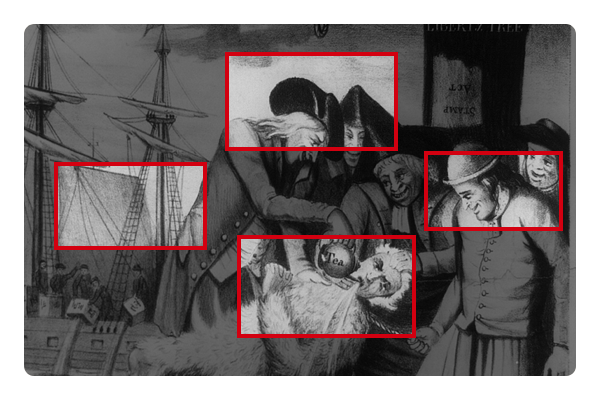
The puzzler breaks images such as political cartoons and photographs into quarters, and asks students to answer questions as each quarter of the image is revealed one by one. The puzzler encourages students to think closely about small details and the ways the parts of an important historic image add up to make a more complex whole.

Did you ever wonder how key moments in history would have been covered if social media had been around? The social media builder is a fun activity that lets students choose from a set of historic images or documents and write up social media posts as well as responses. The social media builder connects present to past and helps students understand why the way news is shared matters.
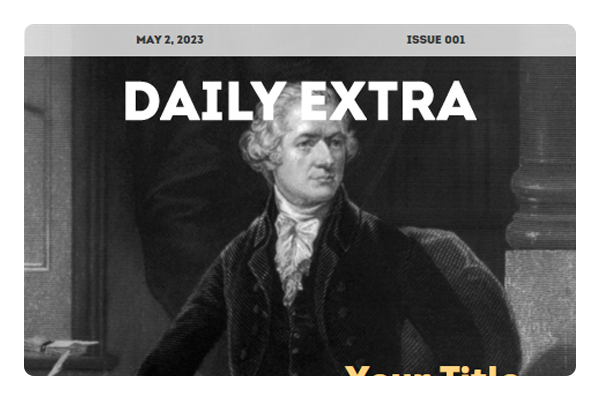
How would you write differently about important moments in US history if you were living through them yourself? Pick a headline, a cover image, and start in on your lede with this feature that lets students frame history as though they were living through it themselves. Students can choose between designing magazine covers or the front page of a newspaper and download their creations.